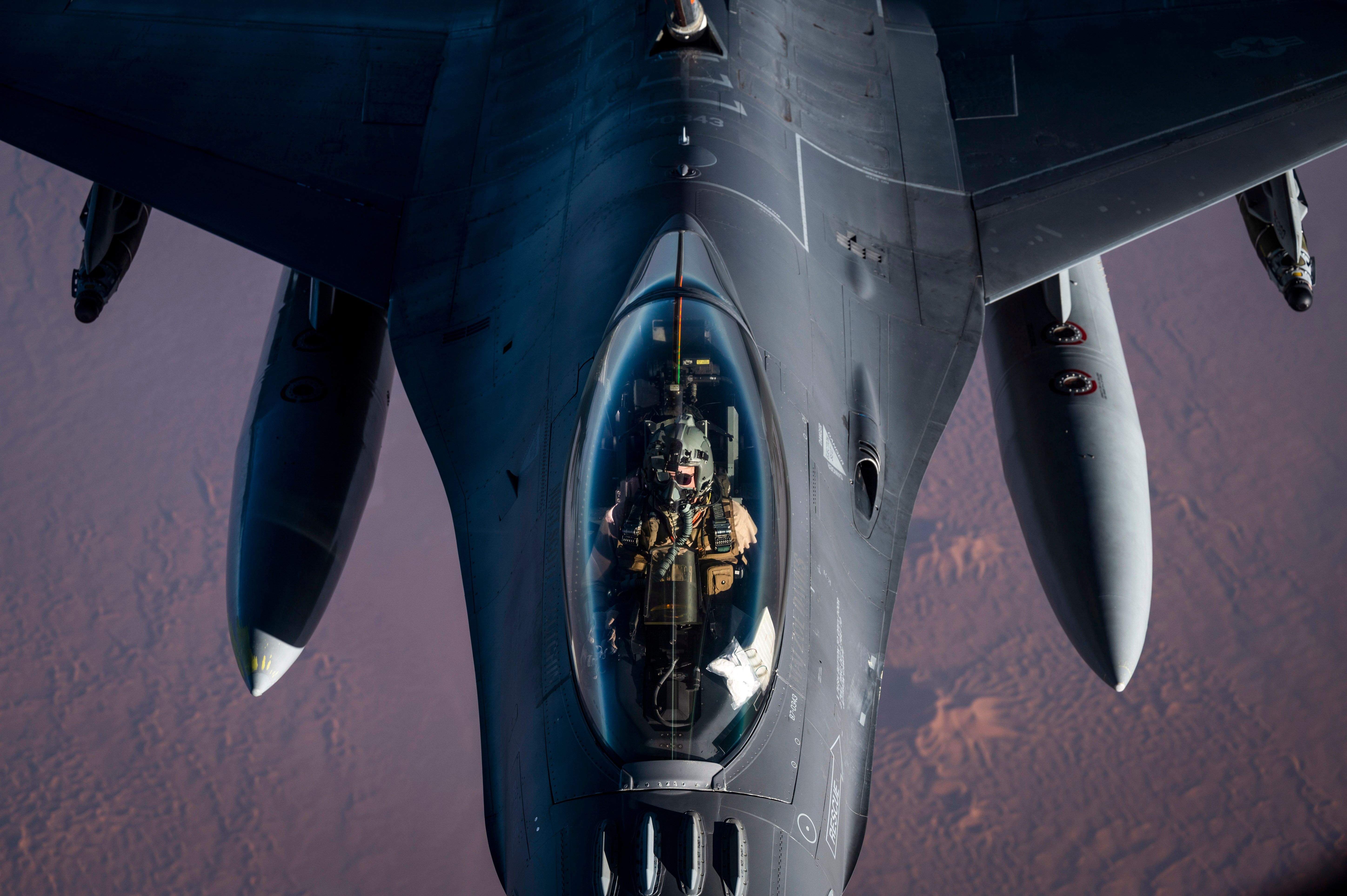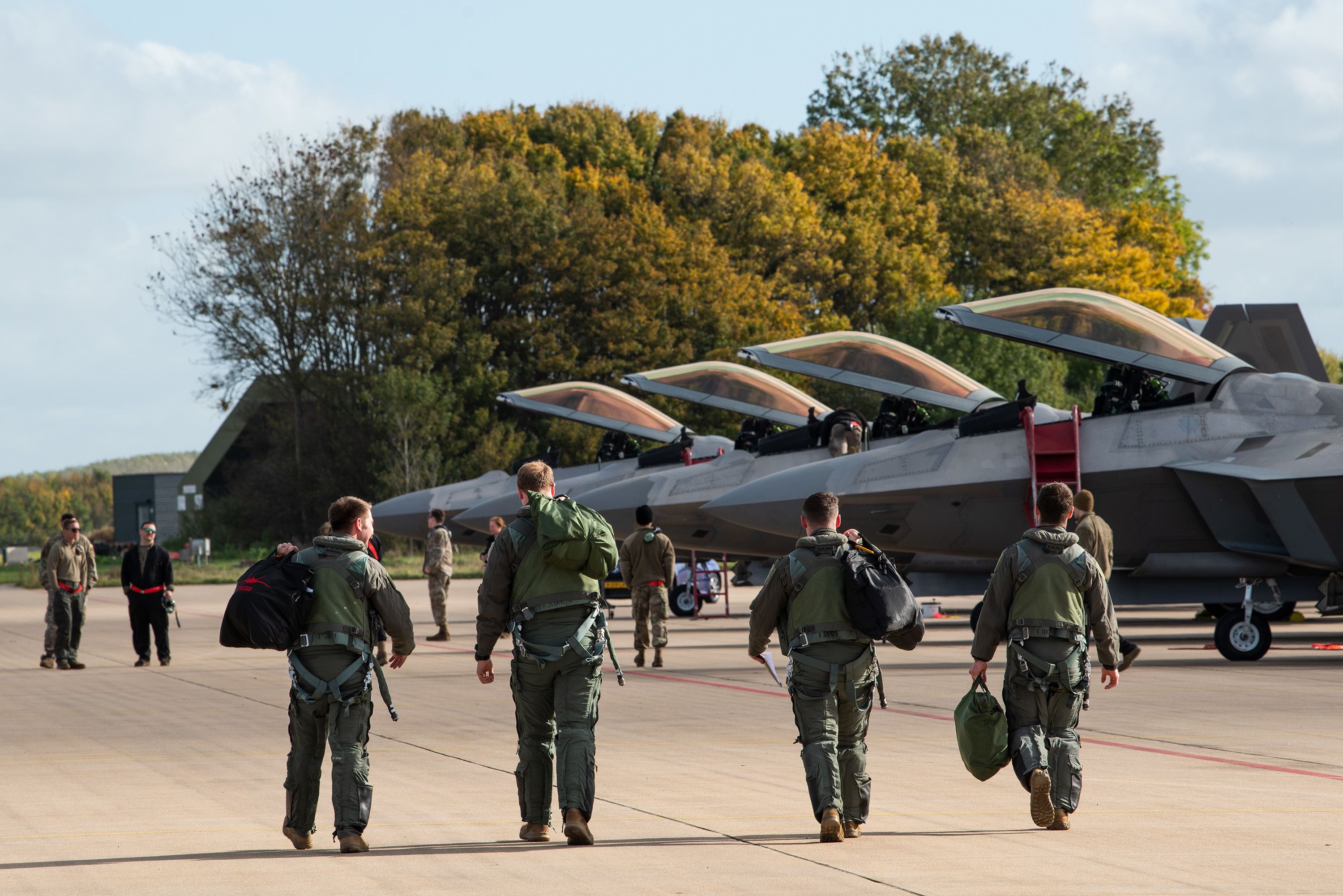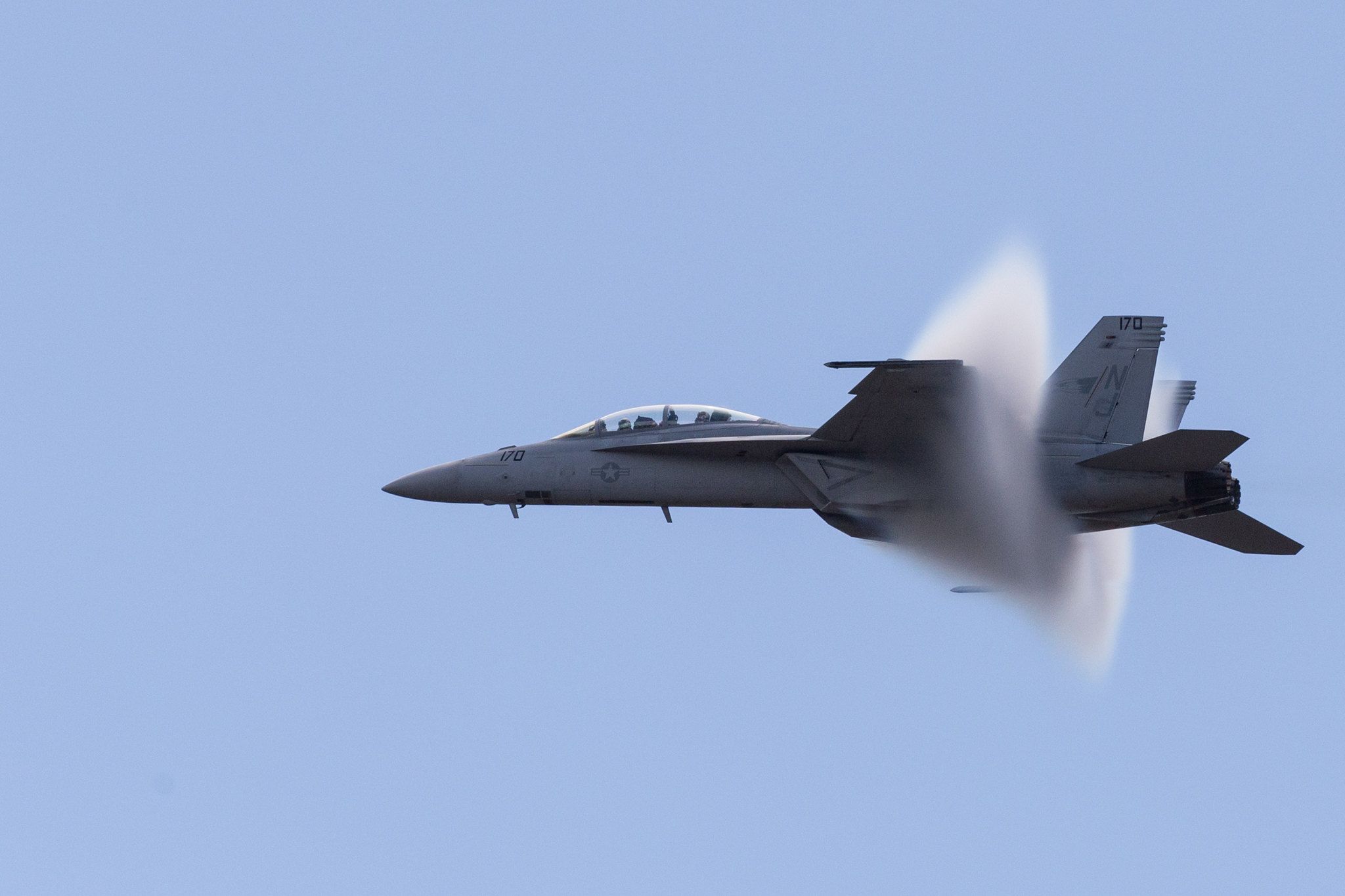Military pilot call signs are not just cool names; they play an essential part in enabling rapid identification during training flights and missions, while also helping to enhance security protocols. These designations are physically stitched onto flight suits and painted onto aircraft exteriors and become part of a pilot’s identity. They also originate from a variety of sources, including last names, personal traits or stories, or cultural references, and are often assigned to pilots by their peers.
Efficiency and security
Call signs serve a dual purpose; they help to optimize operational efficiency, while they also enable higher levels of security during missions. These identifiers eliminate the need to use easily identifiable information over the radio, making interpretation of any intercepted radio communications more difficult for an enemy. The brevity of call signs also proves critical during time-sensitive scenarios such as missile launches, where every second counts in relaying crucial information.
Getting a call sign
The practice of assigning call signs to pilots has a rich history dating back to the 1930s with the rise of radio communication, and call signs are used in various forms by militaries and civil aviation around the world. In the UK, official call signs are typically allocated to squadrons or specific flights, meaning that a particular call sign might apply to different pilots at different times depending on the aircraft or mission they are flying. For instance, British AH-64 Apache attack helicopters were dubbed “Ugly,” followed by a number, as their call signs during Operation Herrick in Afghanistan.
US military pilots, however, receive individual call-signs that typically stay with them throughout their careers. These names are often earned during naming ceremonies for incoming pilots and are assigned by their peers, rather than requested.
Call signs follow specific guidelines to ensure their suitability. Names that are overly "cool" or excessively flattering are discouraged, as are requests for specific monikers. Instead, call signs often arise from actions or playful adaptations of the pilot's name during their early days in the squadron. Most pilots will retain their call sign long-term, especially if they have used it in combat, although instances of conflicts among pilots could lead to a “hostile” renaming.
Get the latest aviation news straight to your inbox: Sign up for our newsletters today.
Stories in names
Examples of call signs reveal their diverse origins. From unconventional designations like "SHAG," denoting "Social Hand Grenade," to names earned through unexpected actions like "Boomer," acquired after a pilot inadvertently broke the sound barrier over a small town, each call sign typically carries a story of some kind tied up in it. Oftentimes, the stories behind a call sign revolve around particularly memorable things the pilot did early on during their time with their squadron or during their training; usually these are either actions deemed incredibly stupid or impressive.
In essence, call signs assigned to individual military pilots transcend their role as mere identification labels. While facilitating efficient communication and enhancing operational security, they also embody the culture of military aviation.
What are a few of the coolest call signs for military pilots that you have heard of? Do you know anything about the stories behind them? Let us know about them in the comments below.
Sources: Forces.net, Slate




